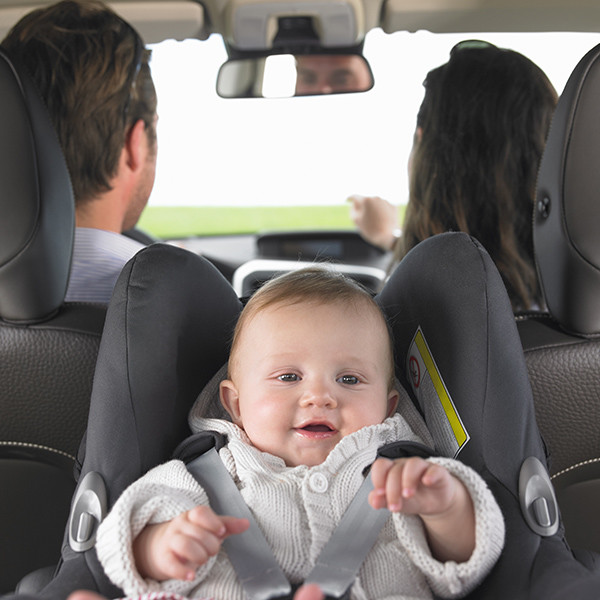 A photo: Getty Images “In just two or three years, many discoveries have been made that led to the emergence of new child care techniques,” said Dr. Jennifer Schu, an expert in the American magazine Parents. “The more research was carried out, the more the rules that were recently invented and considered iron were changed.”
A photo: Getty Images “In just two or three years, many discoveries have been made that led to the emergence of new child care techniques,” said Dr. Jennifer Schu, an expert in the American magazine Parents. “The more research was carried out, the more the rules that were recently invented and considered iron were changed.”
Set the car seat backwards
Previously, parents were advised to take their children torear-facing car seats until they are one year old, or until they weigh more than 9 kilograms, or simply outgrow the seat. However, these rules are no longer relevant. Now pediatricians advise not to turn the car seat forward-facing until the child is two years old. It is also important that the best place to install a car seat is recognized as the middle of the back seat (this is the safest place) and only with the back in the direction of travel of the car. In this position, the load on the child's body is distributed evenly along the back, neck and head. Photo: Getty Images
Photo: Getty Images
Use the pacifier
While doctors have been condemning it for yearsusing a pacifier after six months, studies have shown that even if you are breastfeeding, it is worth giving your baby a pacifier, if only because it reduces the risk of sudden infant death syndrome (SIDS). Doctors have not yet reliably established why SIDS occurs, but there is an opinion that a pacifier helps keep the baby's airways open, which means that at least this risk factor can be eliminated.
Ditch the crib bumpers
The soft bumpers inside the crib are used forto protect the child from hitting his head on the wooden frame. It would seem that there is only benefit here! But in 2011, several studies by the American Academy of Pediatrics showed that all these additional layers inside the crib can suffocate the child (in recent years, the number of infant deaths due to bumpers has increased threefold). Therefore, refuse this protection system, as well as canopies, draperies over the crib, pacifiers on strings, that is, everything that can hinder the child's movement and in which he can get entangled. Photo: Getty Images
Photo: Getty Images
Give the baby peanut butter in the first year of life.
Previously, pediatricians recommended to refrain fromintroducing peanuts and other nuts into the baby's diet until he or she is three years old. However, there was no solid justification for this warning. As is known, nuts are strong allergens, and in the last 20 years, the number of cases of allergies in children has doubled in families where parents waited until the recommended period. Try introducing them into the baby's menu in the first year of his or her life, when it is easier for the body to adapt to new products. But do not forget to be on the alert and carefully monitor the baby's reaction!
Use toothpaste
According to the old rules, brush your teeth with toothpastewas only necessary after two years. While parents followed these recommendations, most preschoolers had caries! That is why today doctors advise using fluoride toothpaste little by little - from the moment the baby's first tooth appears.









